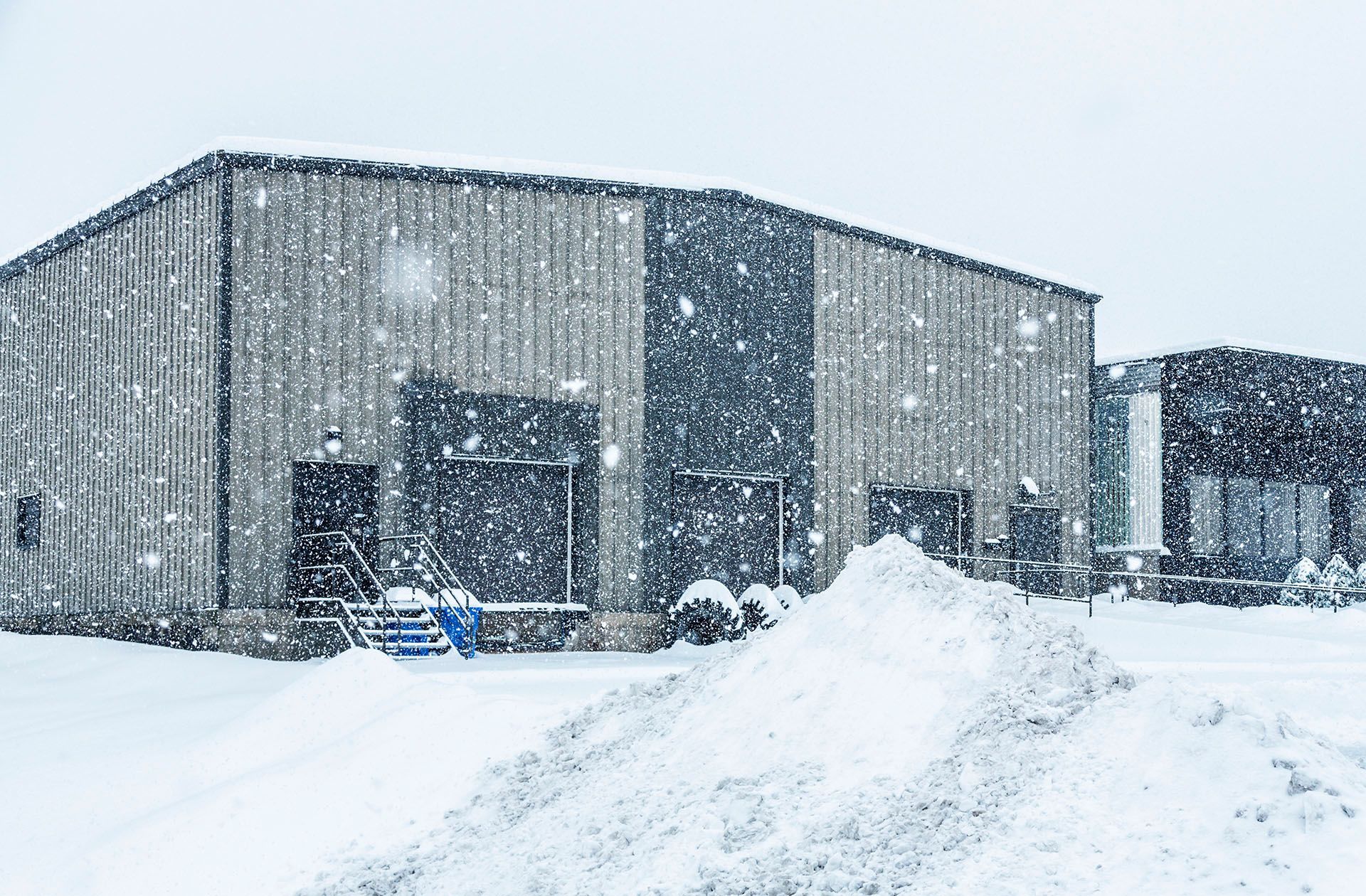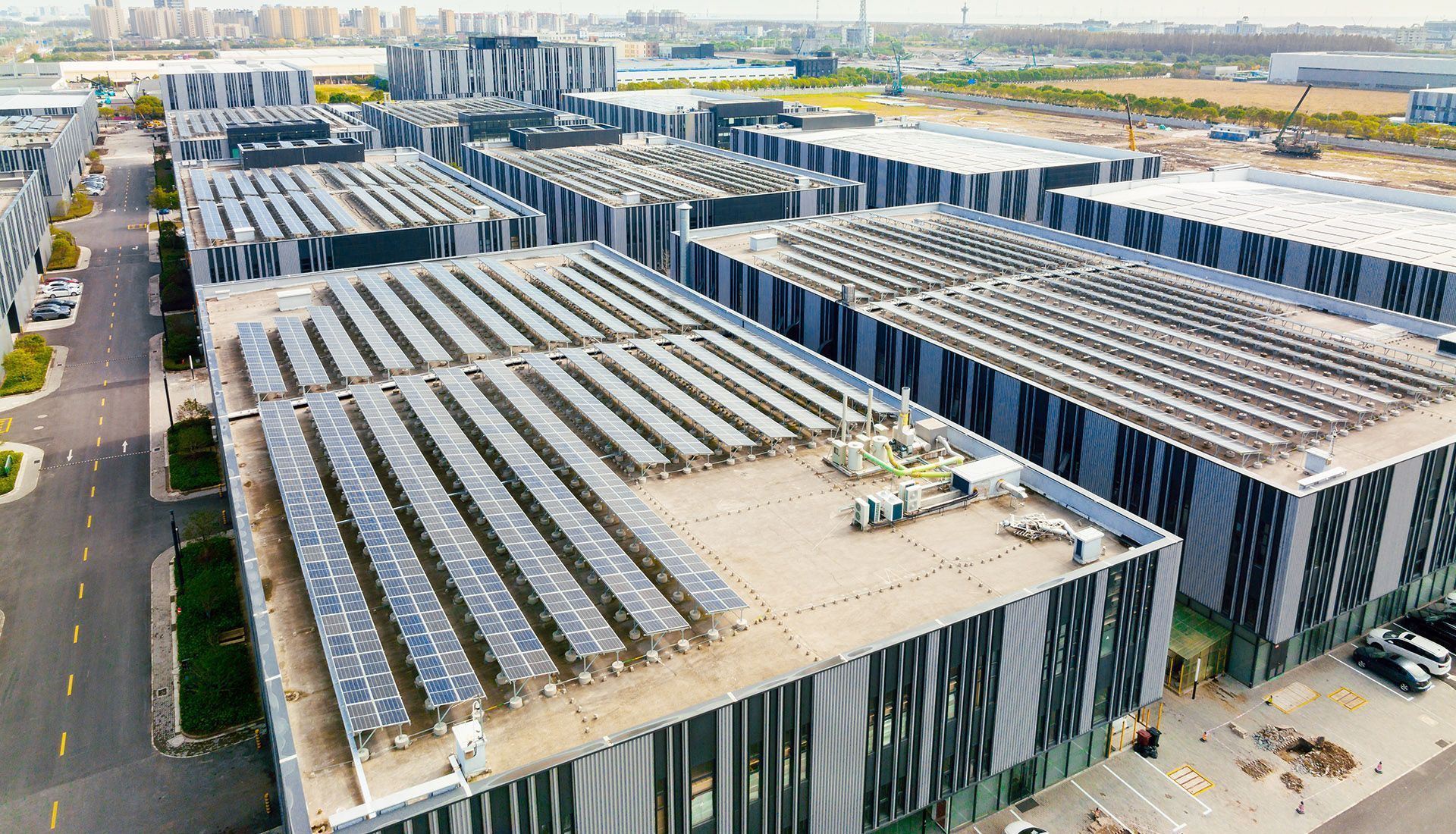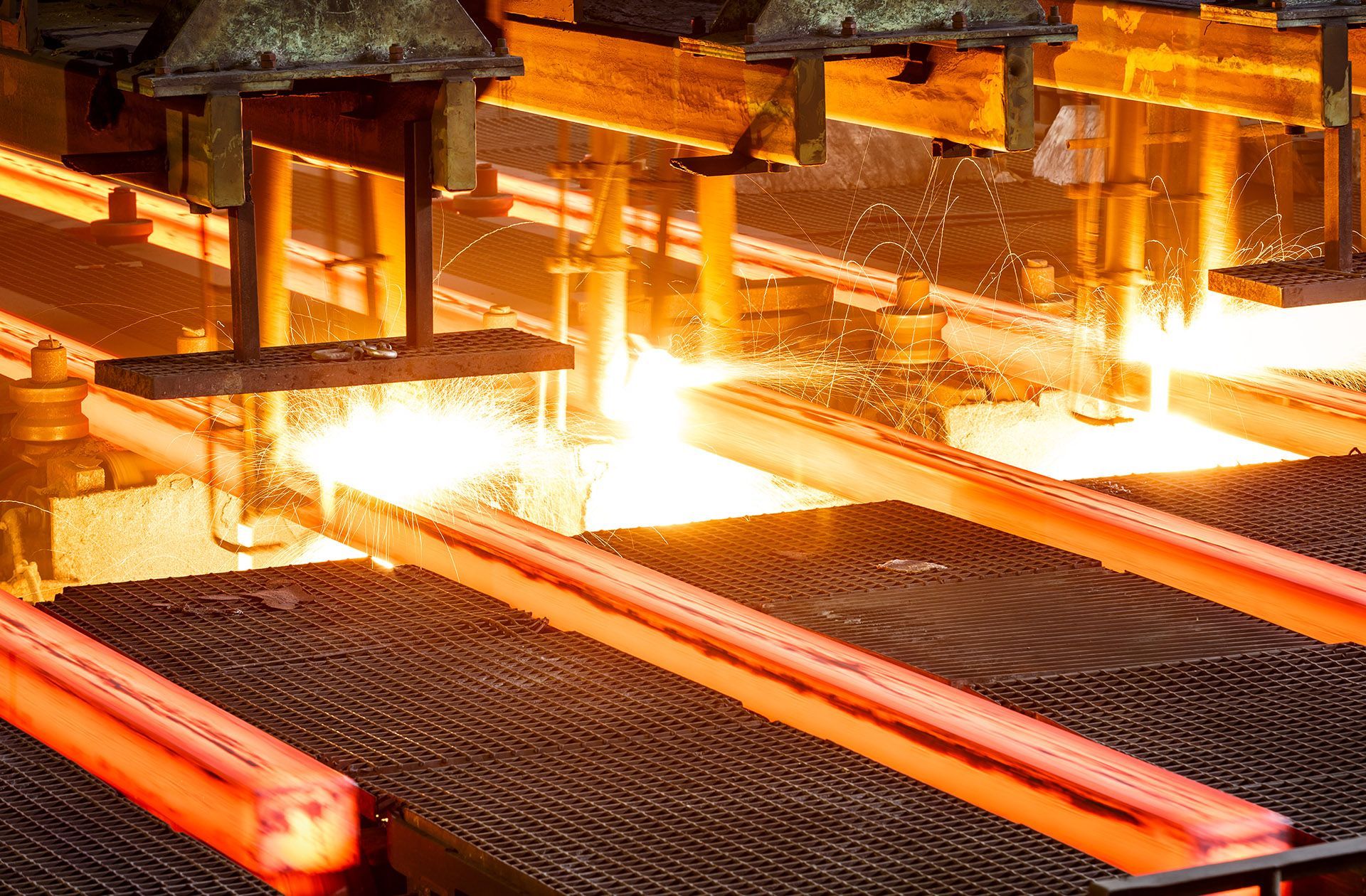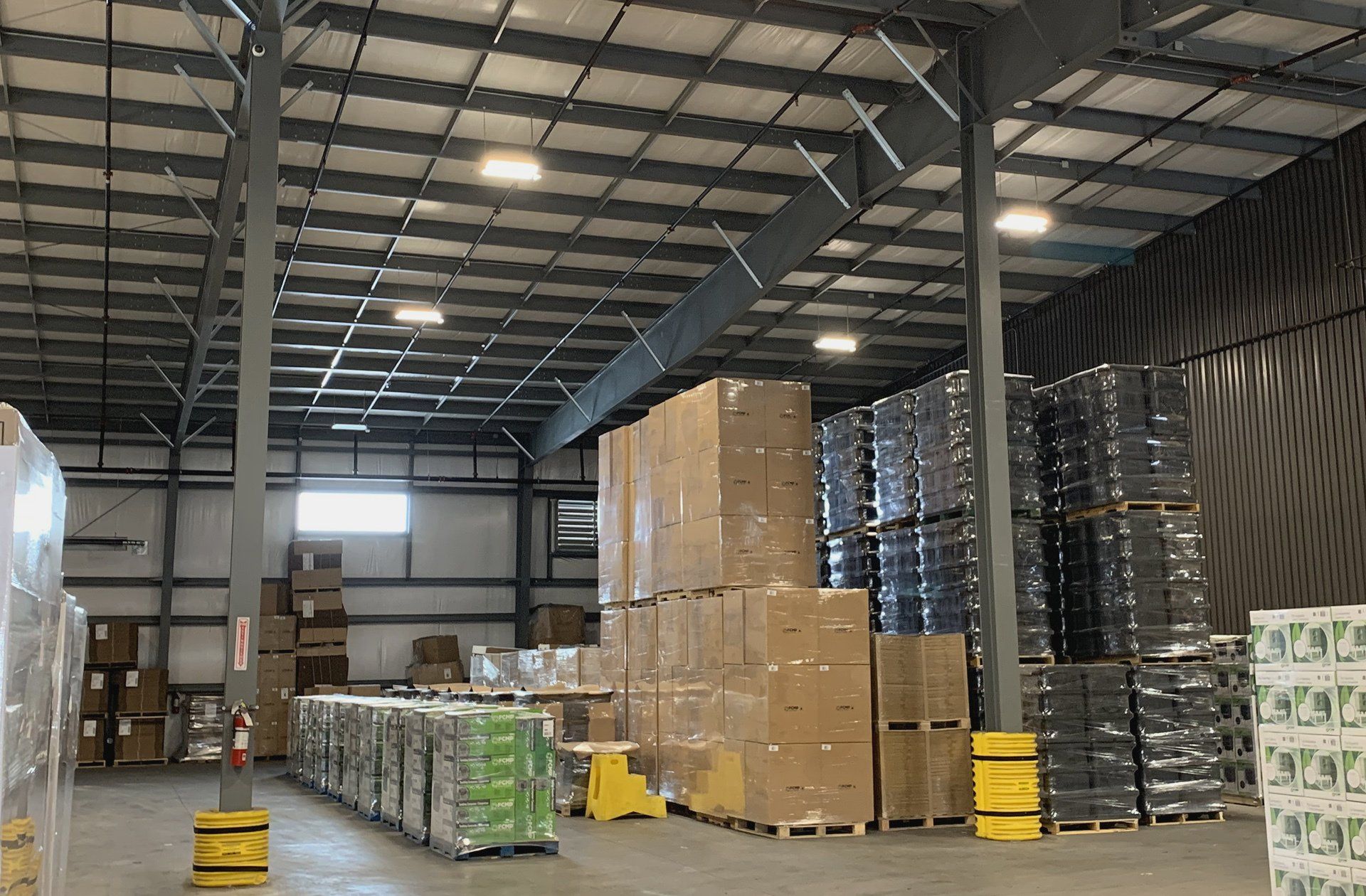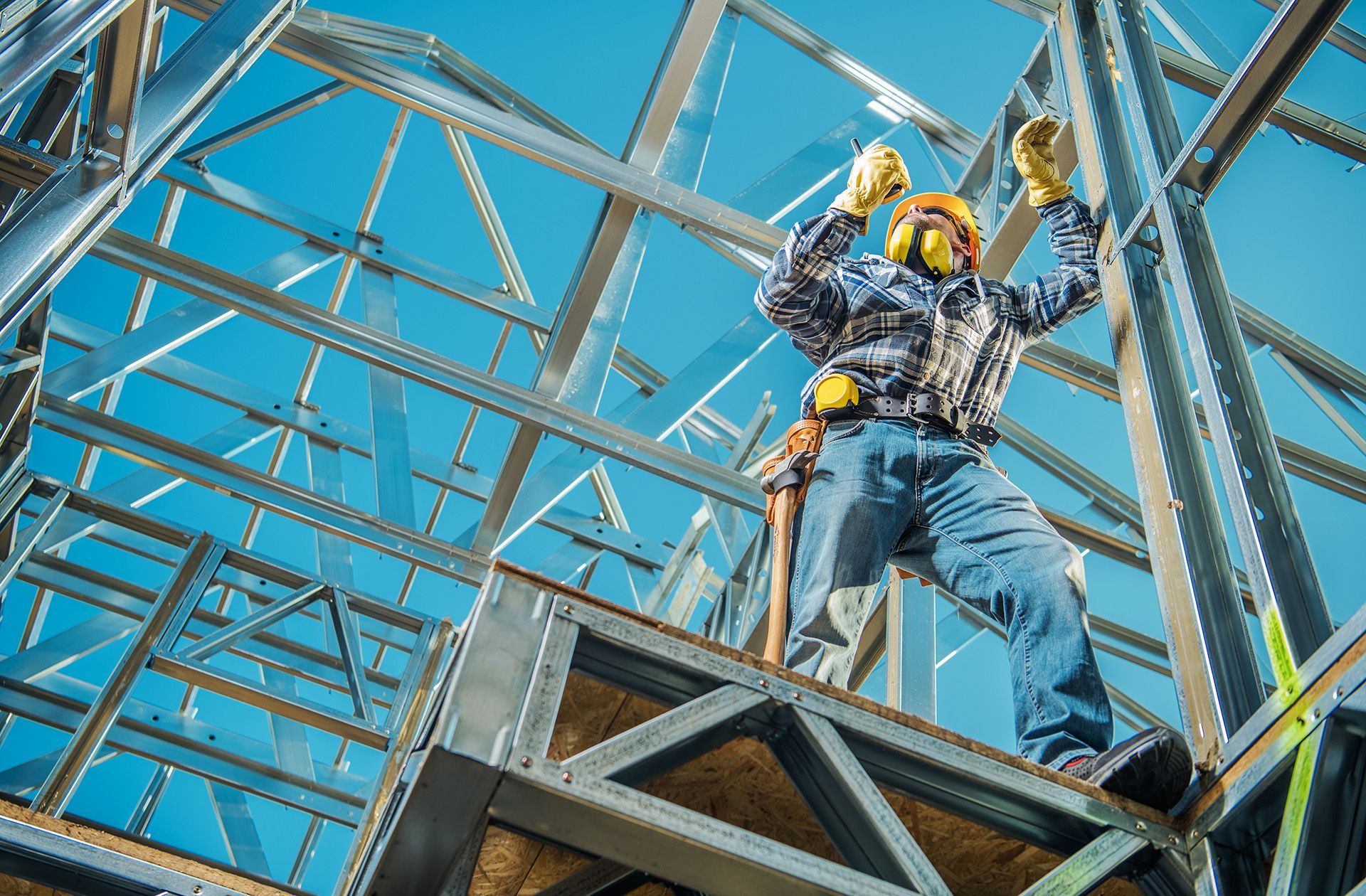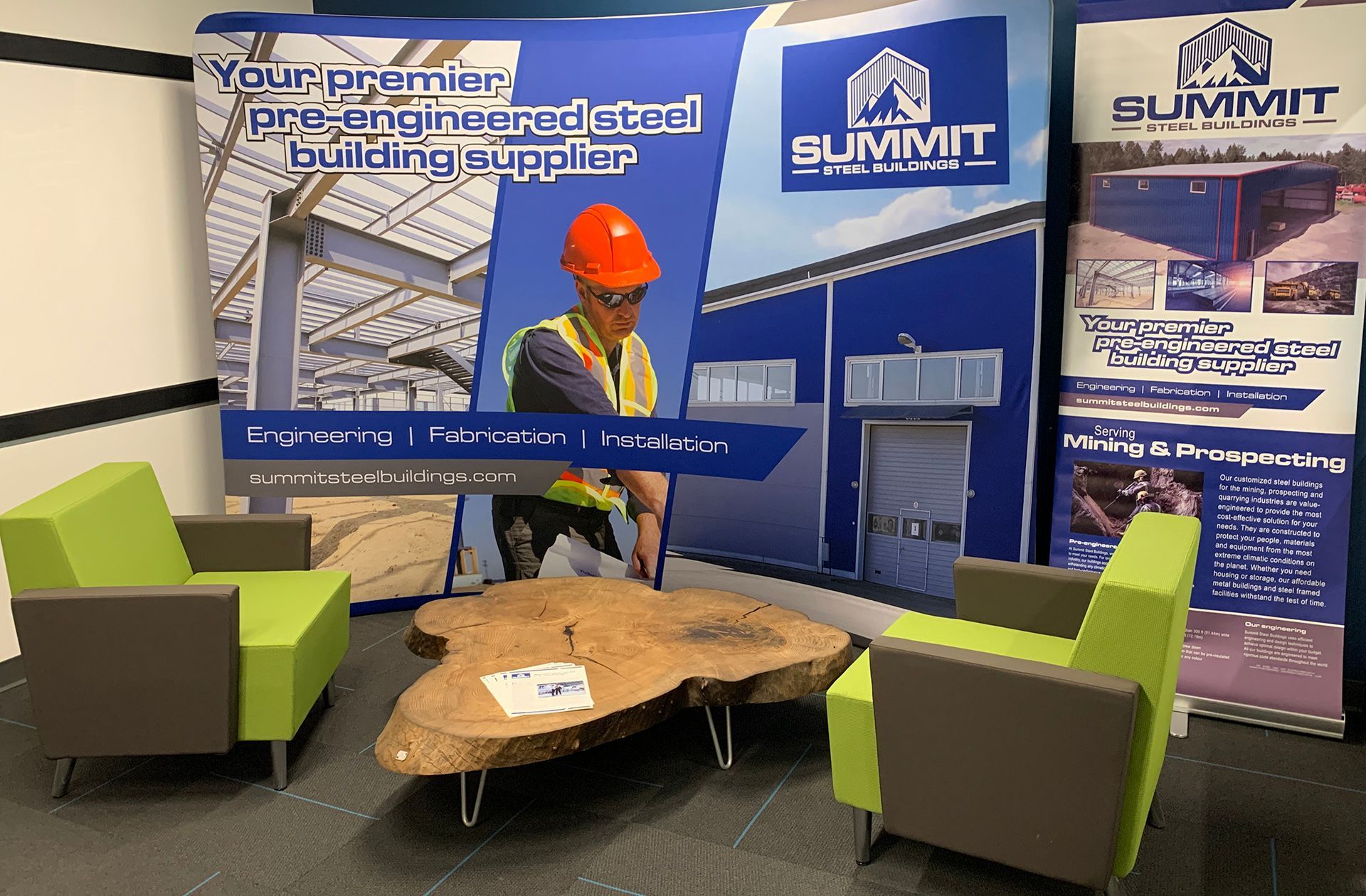Steel lets you stack your crops
Vertical farming has been tagged as one of the emerging agricultural and food supply trends for 2023.
Without question, today’s current economic situation has pushed consumers towards a broader understanding of how the global supply chain works – and how impact distant geopolitical and trade conflicts can affect retail shelves at home.
If you consider what has been making headlines lately regarding food prices, it’s not difficult to understand why consumer thinking is shifting rapidly. Inflation, rising interest rates and an increasing demand for more sustainable and environmentally responsible practices have become primary motivators for the demand for change.
One of the trends emerging for 2023 isn’t new in terms of concept, but the growing interest in vertical farming, and how it can address a number of modern issues, plays right into why your business may benefit from a steel building.
The food industry is transforming into the era of descaling
The North American food industry is currently undergoing a transformation known as the "era of descaling". This movement involves the evolution of a wide-reaching and sprawling sector into smaller, more focused clusters. This shift is driven by a number of factors, including changing consumer preferences for locally sourced and sustainable food, the rise of new technologies and innovation, and the increasing importance of provenance and accountability in the food supply chain.
Consumers are becoming increasingly concerned about food safety, and they want to know that the food they are eating is safe, healthy and produced in an ethical and sustainable way. This is leading to an increased focus on transparency and traceability throughout the food supply chain. It is more difficult for large, centralized food producers to operate in the same way as they have in the past.
A key driver of this change is the growing demand for locally sourced food. Consumers are becoming increasingly interested in knowing where their food comes from and how it is produced, and they are willing to pay a premium for products that meet these criteria. Current market research suggests that 70% of consumers say they’d consider purchasing goods from a brand that prioritizes sustainability.
Another important factor driving the era of descaling is the emergence of new technologies and innovation. For example, the use of precision agriculture and big data analytics is making it possible for smaller farmers to increase their efficiency and productivity, while also reducing their environmental footprint.
Investors are latching onto this trend, putting money behind vertical farming and alternative proteins, such as plant-based substitutes or lab-grown meat. The global vertical farming industry is expected to be worth more than $33 billion by 2030. A Royal Bank of Canada report from 2019 indicates Canada’s agriculture industry could generate an additional $11 billion of GDP by 2030 due to our growing population.
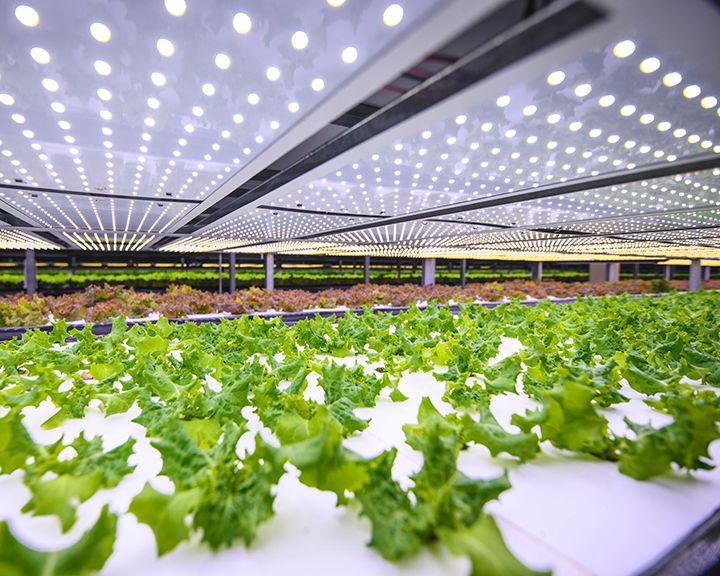
Steel can help you get in on this
Building with steel can allow producers to get a piece of this action sooner than by building growing operations with traditional construction materials. Steel goes up faster – and can be scaled to demand far more easily than concrete and wood.
There are several benefits to using a pre-engineered steel building for vertical farming, including:
- Durability: Steel is a strong material that can withstand harsh weather conditions and resist damage from pests and other environmental factors.
- Low maintenance: Steel buildings require minimal upkeep, which can save time and money in the long run.
- Cost-effectiveness: Steel buildings are often more affordable than other building materials, making them a budget-friendly option for vertical vegetable farming.
- Energy-efficiency: Steel buildings require less in utilities to help reduce energy costs.
- Customization: Steel buildings can be easily designed to fit the specific needs of any vertical vegetable farming operation.
In a controlled environment where food is grown, such as a precision vegetable farm, it is important to maintain a high level of cleanliness and sanitation to prevent the spread of disease and pests. Steel is easy to clean and sanitize, which is important for an environment where food is grown. Because steel is non-porous and smooth, it does not absorb dirt or bacteria.
Steel for high-density farming
Steel buildings can be used to create multiple levels of vertical growing space, allowing for high-density farming within a small footprint to provide more efficient use of space. With traditional farming methods, a large amount of land is required to grow crops. However, in vertical farming, crops are grown in stacked layers, requiring less space. This can lead to several benefits, such as:
- Urban farming: Vertical farming can be done in areas where land is scarce and expensive, enabling local food production in cities.
- Reduced land usage: Less land is required for crop production, helping to preserve natural habitats and reduce the carbon footprint of farming.
- Reduced water usage: Vertical farming uses significantly less water than traditional farming methods because the water is recycled and reused. One study found that a traditionally grown head of lettuce requires about 30 gallons/114 litres of water, while vertical farms use between 80% and 99% less water than conventional farms (Planet Renewed).
- Controlled environment: Vertical farming allows for precise control of the growing environment, including temperature, humidity, light and nutrient levels. This can lead to healthier plants and increased crop yields.
- Reduced risk of crop failure: With vertical farming, there is less risk of crop failure due to weather conditions, pests or disease.
- Year-round growing: Vertical farming allows for year-round growing, which can provide a consistent supply of fresh produce.
- Reduced transportation costs: The production of food closer to the point of consumption can reduce transportation costs and help to reduce the environmental impact of food transportation.
Whether it is livestock or cash crops, farming and agribusiness continue to adapt to meet consumer demands. Dramatic shifts in technological innovation, challenges to supply chains and food security and increasing emphasis on sustainability are driving new ideas and methods throughout agribusiness.
Your premier supplier of premier, pre-engineered steel agricultural buildings
As agribusiness looks for ways to improve and innovate their businesses and invest in the facilities to support technology, cost-effective additions of metal buildings are an exceptional way for farms of all sizes to expand their capabilities. Read our agricultural building one-pager PDF document.
At Summit Steel Buildings, our engineering team has been passionately developing agricultural structures for over 25 years. Our approach combines art and science into designing a variety of farming systems that enhance your capability to meet the changing needs of consumers. That’s why it’s our mission to provide you with the most advanced and cost-effective agricultural building that’s right for your needs.
Contact our team at Summit Steel Buildings to get your free quote and preliminary drawings.
About the author
Frank Melo has a construction civil engineering technology and business background with over 25 years of experience as a business owner and contractor. He was born and educated in London, Ontario and now divides his time between projects primarily in Ontario and British Columbia. He can be contacted at Summit Steel Buildings at (778) 951-4766 or by email at frank.melo@summitsteelbuildings.com or through LinkedIn.


